No products in the cart.
Quercus Lyrata – Overcup Oak
$18.00 Original price was: $18.00.$12.60Current price is: $12.60.
SKU: ZNV0D 4379628470306 Categories: Trees, Trees by Family
- Safe Shopping Guaranteed
- Buy quality, buy with us.
- Your satisfaction is 100% guaranteed.
- Unbeatable Quality Guaranteed

Overcup Oak
From the central and southern United States, Quercus lyrata is a slow-growing, tall, deciduous tree with a pyramidal habit when young, spreading later to develop a dense, rounded crown. The greyish bark is rather shaggy. The deeply-lobed leaves are dark green with fuzzy white undersides, turning yellow-brown in autumn. The slender, yellow male catkins, up to 6”/15cm long, are unobtrusive; the tiny red female catkins are followed by acorns whose burred cups cover most of the acorn, hence the common name; acorns are not produced until the tree is 25-30 years old. The overcup oak tolerates wet soils, and is a good choice as a specimen on heavy, waterside soils.
Site: Tolerates exposure, but not coastal exposure
Soil: Deep, moist or wet, acid to neutral soil; tolerates alkaline soil
Position: Full sun or light shade
Hardiness: Fully hardy
Height: eventually 60’ (18m) Spread: 60’ (18m)
| Type | Size | Pot, 1L, Pot, 3L |
|---|
Be the first to review “Quercus Lyrata – Overcup Oak” Cancel reply
Related products
Sale!
Trees
Sale!
Ornamental trees
Sale!
Trees
Sale!
Ornamental trees
Sale!
Conifers
Sale!
Coastal Trees
Sale!
Ornamental trees
Sale!
Ornamental trees


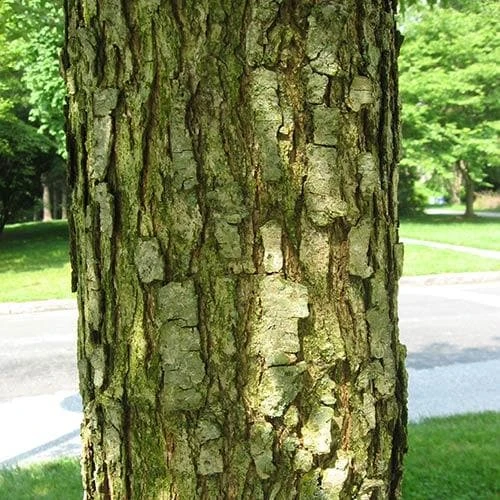




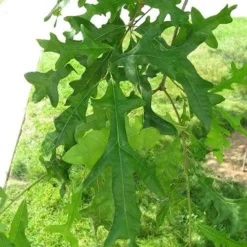
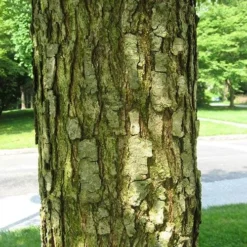
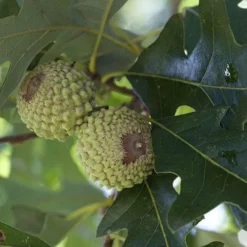
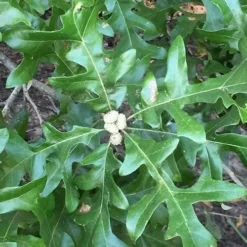

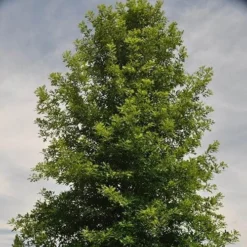
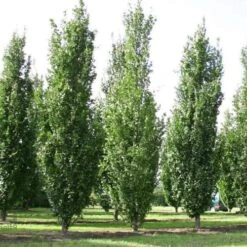
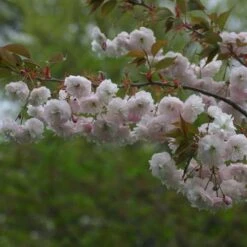

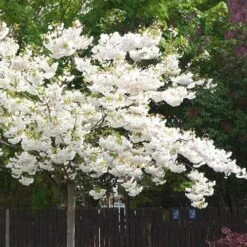

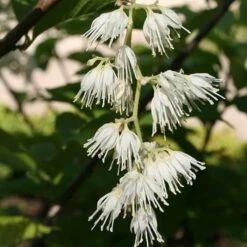


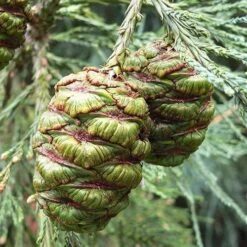

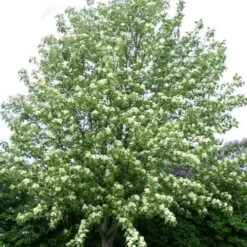
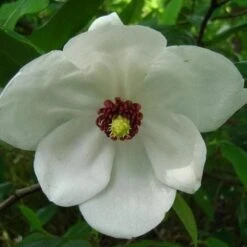

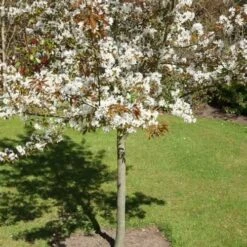

Reviews
There are no reviews yet.